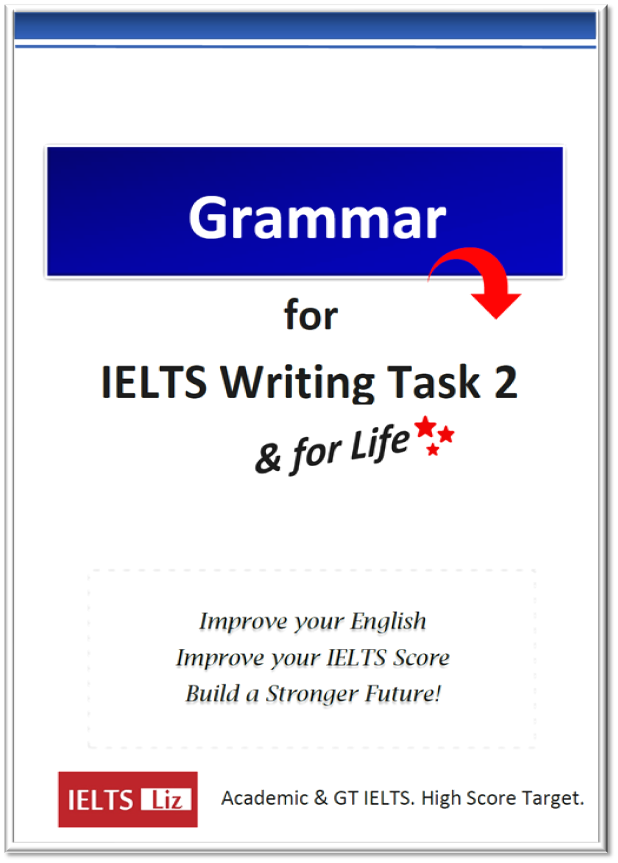IELTS Reading Short Answer Questions: Essential Tips and Practice Lesson. This question type requires you to locate a word, words or numbers in the passage which are precise answers to a given question. These are not the most common form of question you can get in IELTS reading, but still well worth preparing for. Each point you win counts so make sure you are fully prepared.
IELTS Reading Short Answer Question Tips
I’ll keep the tips short for this type of question because they are very easy to understand. For matching headings and TFNG questions, you’ll find a long list of tips because they are quite unusual questions, specific to IELTS. However, these questions are simple so just a few tips will be enough for you.
- You must locate information in the passage which is the answer to a question.
- This is the type of question that most of you will be familiar with.
- Spend time preparing the questions.
- Look for keywords that can help you locate the information in the passage
- Note keywords that help you know what type of answer you are looking for – such as a noun.
- The answers for short answer questions always come in order in the passage.
- Your answer will be a word or words from the passage. Do not change the word – it must be as it is written in the passage.
- The instructions will tell you how many words/numbers you can have for your answer.
- Spelling counts – if you spell the word incorrectly, your answer is wrong.
IELTS Reading Short Answer Question Practice
Please note: I am not trying to promote a religion with this topic. It is just an interesting topic about painted eggs. Like IELTS, I try to keep my work non-religious and non-political.
Reading Passage: The History of Painted Eggs
Easter eggs, aka Paschal eggs in some parts of the world, are special eggs that are often given to celebrate Easter or springtime. The practice of decorating eggshell dates back thousands of years. Ostrich eggs with engraved 
Eventually, eggs which often symbolised Spring become connected to the celebration of Easter. In Europe, it was traditional to use dyed and painted chicken eggs at Easter, but a modern custom is to substitute chocolate eggs, or plastic eggs filled with confectionery such as jelly beans. Easter eggs are a widely popular symbol of new life in Bulgaria, Poland, Romania, Russia, Ukraine, and other Central European countries where they are concealed in the garden for children to find. The British Queen, Queen Victoria, was also known to enjoy egg hunts, organising them for her children inside Kensington Palace in London which brought the tradition to the UK. Eggs, in general, were a traditional symbol of fertility and rebirth. Some magic rituals, these days, often use eggs to promote fertility and restore virility (of the body and mind); and to foresee the future. The Easter Bunny is another symbol associated with Easter but the origin is unclear. Some people believe that the Easter Bunny came about because both eggs and rabbits are often seen as symbols of fertility. Others believe the Easter Bunny originated in Germany were it was a judge of how well behaved children had been by the start of the season. The naughty or nice theme for children can be seen again in the tradition of Santa Clause at Christmas. Nowadays, in many countries, the Easter bunny is responsible for bringing the children their Easter eggs.
In Russia, the incredible Peter Carl Faberge took the concept of eggs as decoration to another level. He created 50 Imperial Easter Eggs between 1885 to 1916. His remarkable eggs were made of gold, silver and other materials and were inlaid with pearls and precious gems, each egg completely unique and exquisite. Many of them have since disappeared from the world. I great loss to the world of art.
Questions 1-6 Short Answer Questions
Answer the questions below. Choose no more than two words from the passage for each answer.
- What is another name for an Easter Egg?
- What type of egg was used for decoration in the ancient world?
- What type of sweets were artificial eggs sometimes filled with?
- Where are egg hunts often conducted as part of a hide and seek game in some countries?
- By and large, what two things did eggs represent?
- What determined if children had been naughty or nice at the beginning of Spring.
Questions 7-11 Paraphrasing Vocabulary Practice
Find the synonym for the words below in the reading passage. Answers might not come in order.
- 7. ceremonies
- 8. sweets
- 9. adorning
- 10. originated
- 11. carved / etched
Note: IELTS Reading does not contain specific vocabulary questions. I’ve including this as a language building exercise for paraphrasing.
ANSWERS
Click below to reveal the answers.
Answers- PASCHAL (EGGS)
- OSTRICH (EGGS)
- JELLY BEANS
- GARDEN
- The use of brackets in answer keys means you can put the word in brackets in your answer or not – both options are correct. You can’t use brackets for your answers in the test, this is only in answer keys.
- “Kensington Palace” is not the answer because this only refers to the UK rather than some countries which means the answer actually is contained in the sentence before that.
- FERTILITY REBIRTH
- using “and” would be wrong – just two words are needed.
- No punctuation is needed but would not be counted wrong if you used a comma
- EASTER BUNNY
- 7. rituals
- 8. confectionery
- 9. decorating
- 10. came about
- 11. engraved
.
RECOMMENDED FOR YOU
- How to Improve your Reading Score
- IELTS Reading Question Types List
- ALL READING PRACTICE LESSONS & TIPS
.




